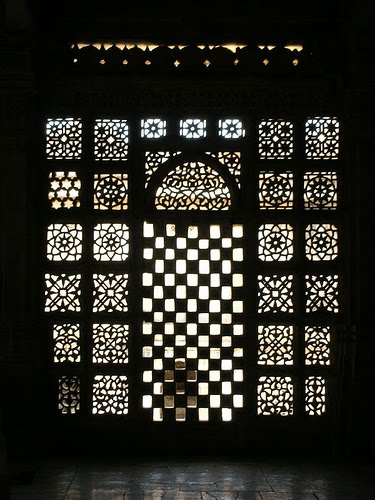The Mediation Of Ornament
The Paperback of the The Mediation of Ornament by Oleg Grabar at Barnes & Noble. FREE Shipping on $25 or more! In this richly illustratcd book Oleg Grabar not only shares a veteran art historian's love for the sheer sensuality of Islamic ornamentation, but also uses this art.

Princeton, NJ: Princeton University Press / National Gallery of Art, 1992. Black & color illus. Wraps, 284 pp., 196 BW illus., 23 color plates.
Series: The A. Mellon Lectures in The Fine Arts, 1989. The written edition of six lectures given at the National Gallery of Art in 1989, which present the theory of intermediaries in art, writing, geometry, architecture, and nature. Download Wildtangent Free Coins Hack. 'Shares a veteran's love for the sheer sensuality of ornamentation. Analyzes early and medieval Islamic objects and uses this art to show how ornament in general enables a direct, immediate encounter between viewers and art objects from any culture and time period.' (back cover).
'In this richly illustratcd book Oleg Grabar not only shares a veteran art historian's love for the sheer sensuality of Islamic ornamentation, but also uses this art to show how ornament in general enables a direct, immediate encounter between viewers and art objects from any culture and time period. Based on universal motifs, ornamentation occurs in many artistic traditions, although it seems to reach its most expressive, tangible, and unique form in the art of the Islamic world. Grabar analyzes early and medieval Islamic objects, ranging from recently discovered frontispieces in Yemen to tilework in the Alhambra, and compares them to Western examples, treating all pieces as testimony of the work, life, thought, and emotion experienced in one society. From this discussion ornament emerges as a consistent intermediary between viewers and artistic works throughout time.'
'Grabar defines ornaments as agents that are not logically necessary to the perception of a visual message but without which the process of understanding would be more difficult - they in fact often draw us into a work by strengthening the pleasure derived from looking at it. A major portion of this book explores four particularly influential forces on the development of ornament: writing (calligraphy), geometry, architecture, and nature. Throughout Grabar seeks to serve admirers of Islamic art as well as readers interested in the ways of perceiving and understanding the arts in general.' Fat Bass Fb383 Manual.